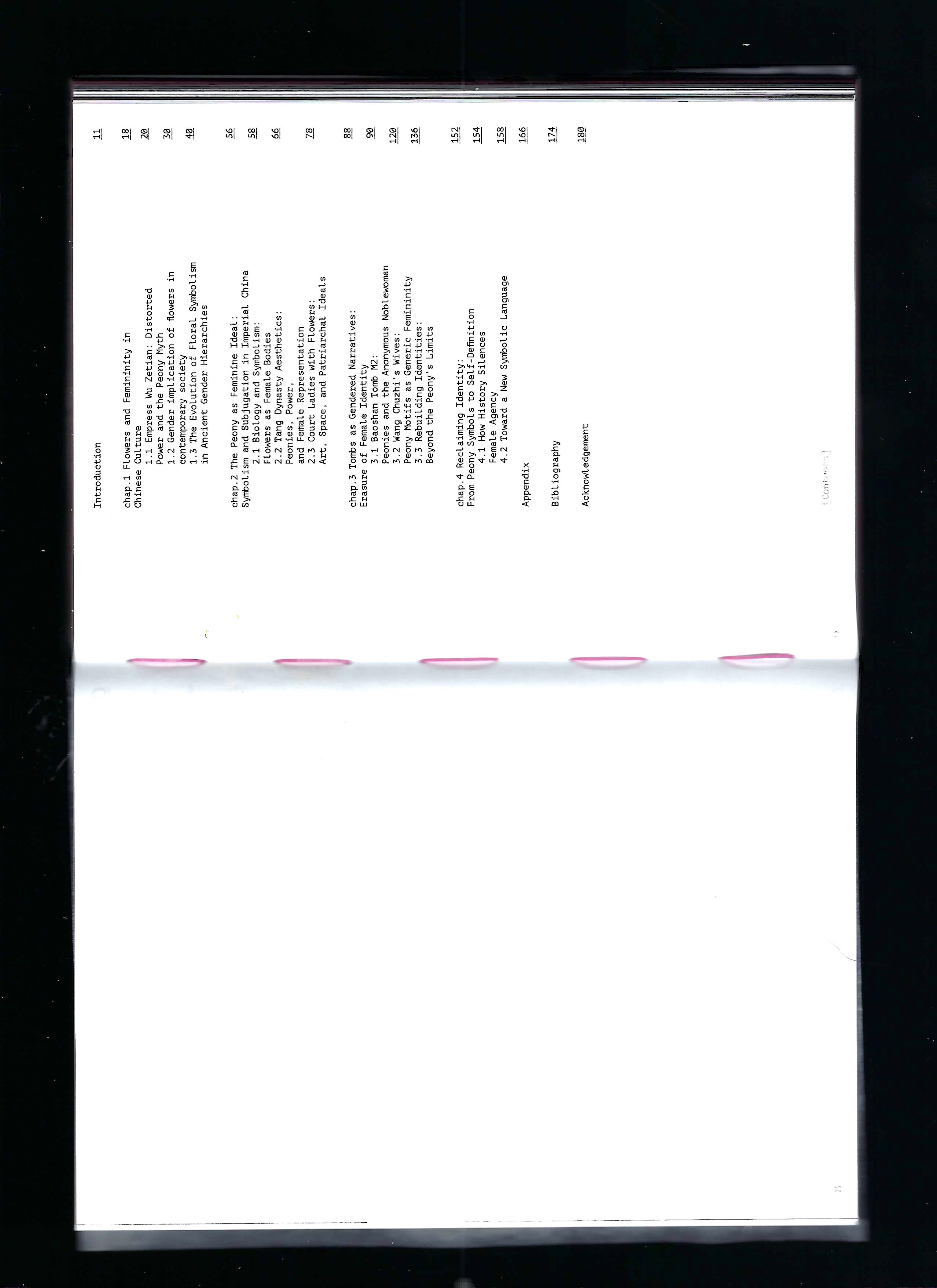Decoding Symbols
Unveiling the Peony Representation and Restoring Female Identity in Ancient China
Decoding Symbols is an editorial design publication developed as part of the MA Information Design graduation project at Design Academy Eindhoven.
Rooted in a thesis that explores the gender implications embedded in the historical symbolism of the peony, this publication examines how this flower—often regarded as China’s national bloom—has long been used to shape visual representations of femininity. By analyzing peony motifs in two ancient tombs from the same period (920–930 AD), the research challenges how women were historically reduced to symbols of beauty and status, stripped of their individual identities.
Combining historical research with speculative restoration, the project seeks to reframe the peony not as a passive symbol, but as a contested site of cultural inscription. It proposes a new framework where such floral imagery becomes a space for documenting lived female experience and resisting symbolic reduction.
The editorial design takes the peony as both a visual and conceptual anchor. Through collaged compositions, layered typography, and fragmented narratives, the publication embodies the central tension of the research: between presence and absence, between symbol and self. Each spread is treated as a field of reassembly—where erased identities are made visible again, not through clarity, but through complexity.













